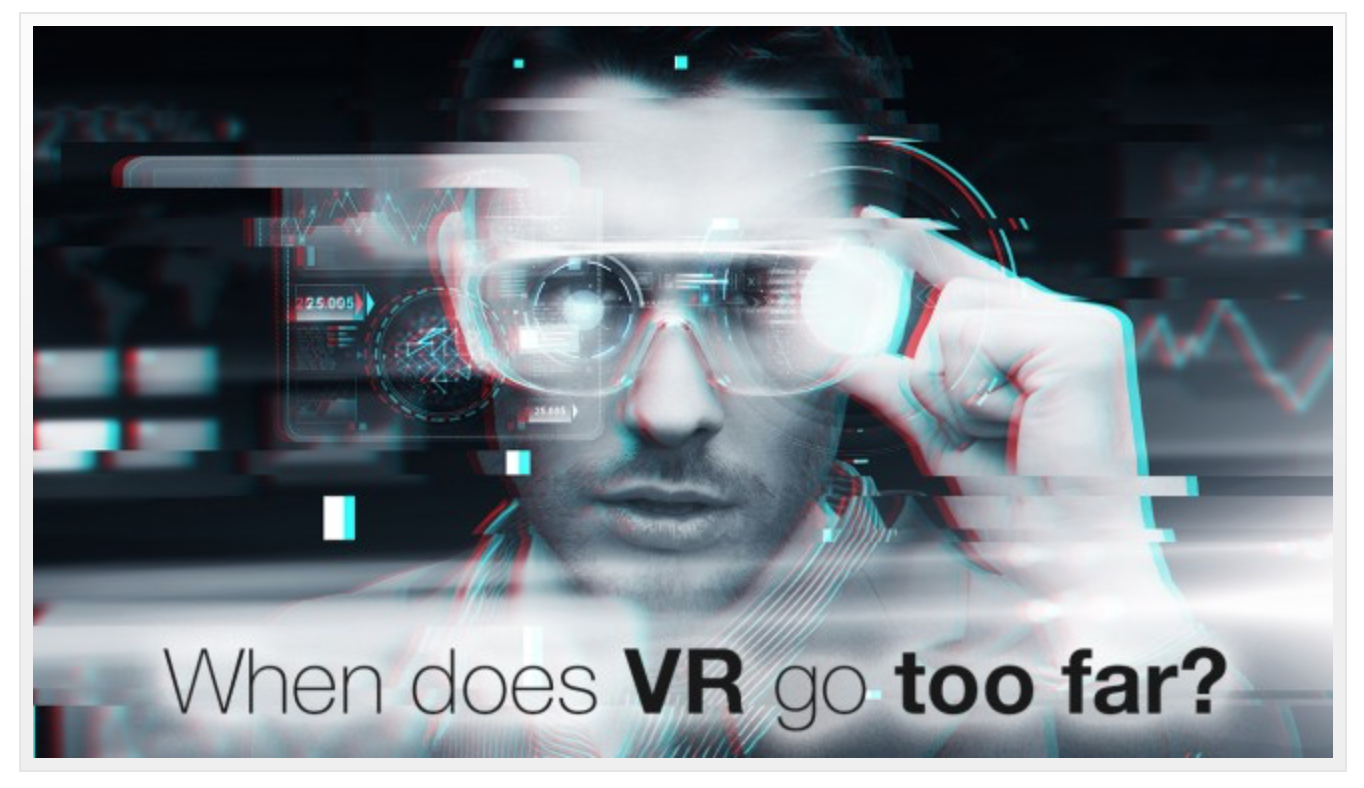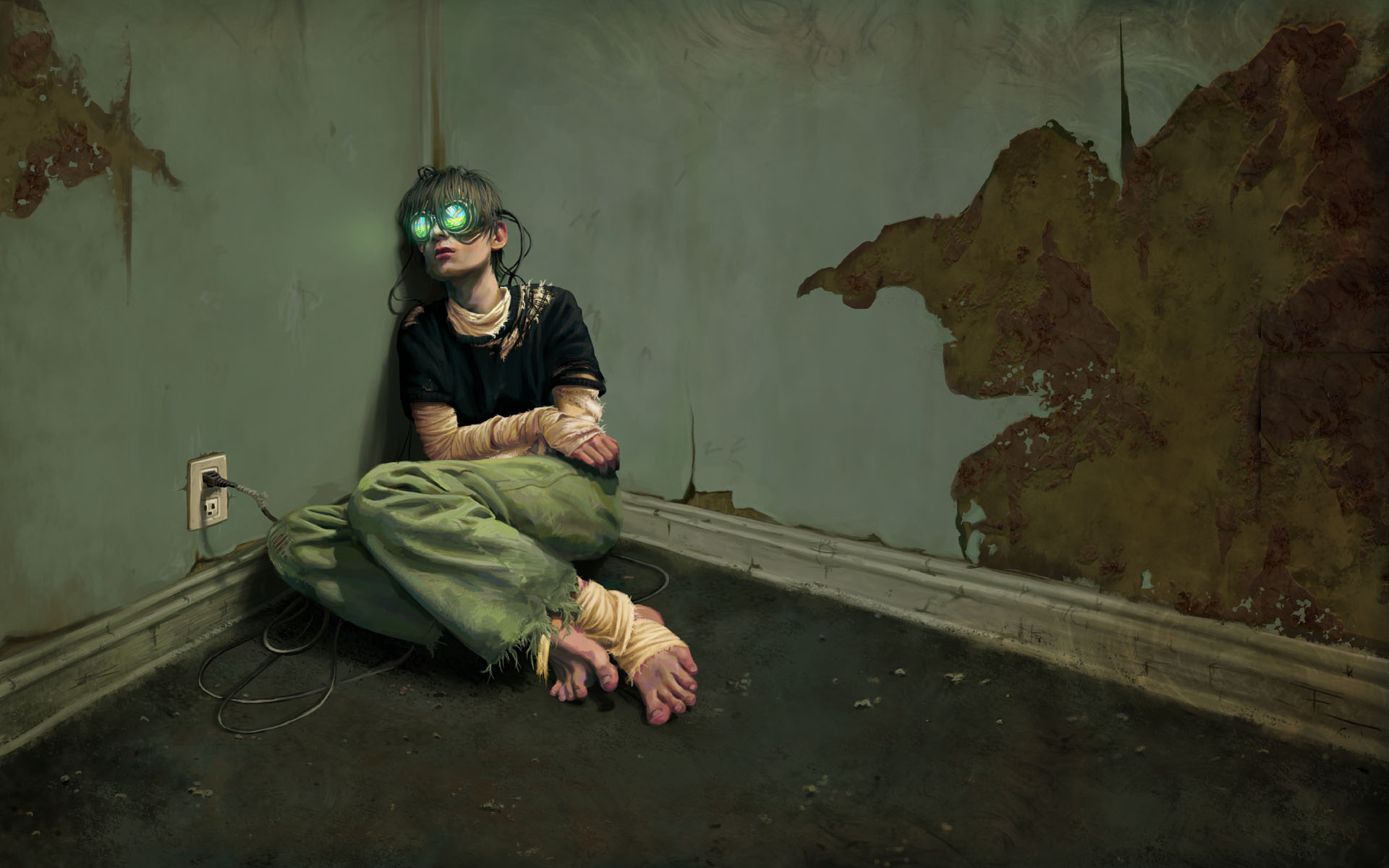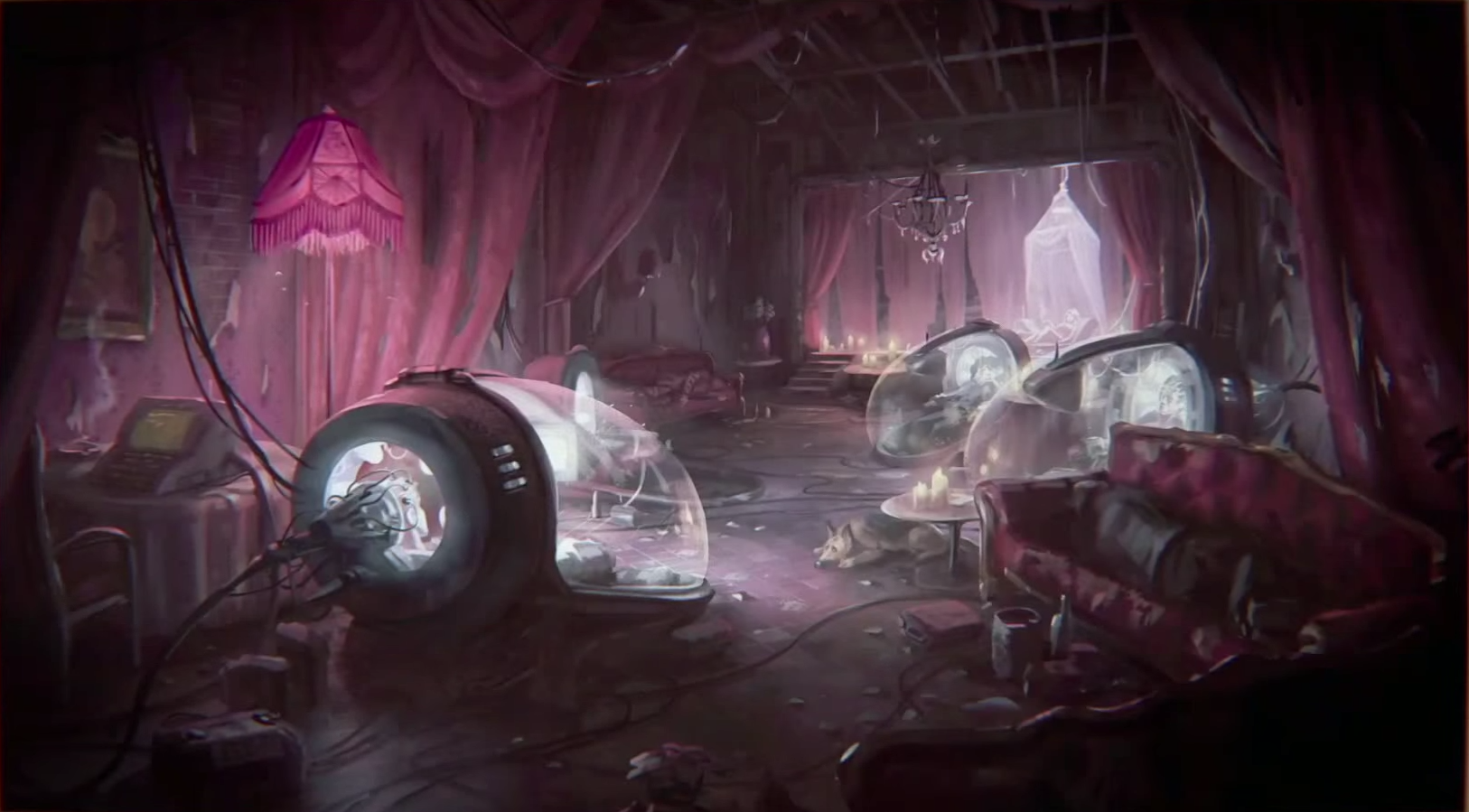When virtual reality goes too far
- Transfer

With the progress of ultra-realistic real-time 3D graphics, virtual reality technologies are capable of generating an increasingly impressive video sequence. But, as they say, with great power comes great responsibility. Where is the line between learning and entertainment, and what is beyond ethics?

Disaster tourism
Disaster tourism is a trip to a region that has suffered a natural or man-made disaster in order to satisfy curiosity. One recent example is bus tours organized in New Orleans suburbs destroyed by Hurricane Katrina. And thanks to the development of VR, the term "disaster tourism" has become more relevant than ever, because people can "travel" to places of disaster without leaving the comfort of their homes.
VR can captivate us in amazing and even magical journeys to beautiful places on earth and in space, from the ISS to the voyage through the organs and vessels of the human body. But at the same time, nothing prevents to go to war-torn zones, and even concentration camps.
Witness: Auschwitz (Witness: Auschwitz) is a virtual copy of the most famous concentration camp. I was not able to visit GamesCom this fall, instead I came across a description and trailer, which prompted me to write this article.
About 10 years ago, visiting my friend in New Orleans, I was able to visit the outskirts of one of the neighborhoods most affected by the hurricane. Passing along the ruined street, we saw a bus with tourists photographing the surroundings, the house of a friend and us. It was a kind of surrealism, and the same feeling appeared as when watching the Witness: Auschwitz trailer.

There are two opinions on disaster tourism. Some see this as an opportunity to educate visitors, inform them, so that they feel connected with the world and other people, rethink their own lives. Others consider it to be earning on someone else's grief and death.
This can be seen as philosophical extremes, but in practice we do not discuss much why anyone wants to get such content, but talk more about how we all gain (or lose) something from the consumption of this content.
For example, in the case of Katrina, representatives of the engineering troops reported that the flow of tourists interfered with the movement of equipment that cleared the rubble. On the other hand, thanks to this information, someone contributed to the restoration of the destroyed areas.
But if we talk about historical events such as the Holocaust, then the facts related to them are very widely documented and illustrated in countless books, films, websites and so on. What benefits will VR products bring us (the language doesn’t dare to call them “games”) like Witness: Auschwitz? Does this contribute to a more effective study of historical realities? Is this the embodiment of the voyeuristic nature of tourism disasters? Does this contribute to increasing empathy among viewers compared to other forms of presentation, helping to actively resist modern prejudice?

According to Daniel Azara, one of the founders of Auschwitz, in his interview, their goal was enlightenment, because “Books are not enough, films are not enough - you need to be there, and virtual reality will help.” (...) We will give you the opportunity to live in Auschwitz so that you get your own experience, and not just read books and see photos. It is too different from our life experience for one imagination to be enough. ”
It's rather strange to talk about getting some kind of experience. In a place where 1.1 million of the 1.3 million prisoners were destroyed, death is virtually absent in virtual reality. According to Azara, the development team considered that such events "are not so important for showing in virtual reality, because you already know about them from the movies."
According to him, their product is focused on everyday life with the restoration of characteristic details, such as the presence of soap holders in the showers and lack of water <talking about gas chambers made in the form of showers so as not to cause panic - approx. Lane> The theme of death is touched upon in passing when the viewer engages in digging mass graves or hears screams from the camp crematorium, drowned out by the roar of a motorcycle engine.
This scene is in some way a metaphor for all tourism disasters. It seems to you that you felt this place, but the truth of the place - for the lack of a better word - is muffled.

VR, injury, susceptibility, insensitivity and tourism disasters
When a bus drove past 10 years ago and tourists took pictures of us, it was impossible to get rid of the feeling that my presence was contributing to the artificial point of view on the consequences of the hurricane. Not living in New Orleans, not having experienced Katrina’s strength, as my friend, by the way, (she moved there shortly before my arrival). But at the same time, we were already part of the picture captured in the heads of these people and in their Facebook feeds “What happened in New Orleans” in 2005.
And when I watched the trailer, I had the same feeling. The exclusion of death from the virtual experience of living in a concentration camp is like forgetting about people affected by a hurricane and looking only at the destruction. You miss the most important thing. And this causes a lot of new problems.
If the producers made death a part of the virtual experience, then it could be too traumatic. Surely they had fears that such realistic reproduction could cause psychological trauma, which users will not be able to get rid of long after they return to the real world. Not to mention that experiencing such an experience can make people less sensitive.

In addition to the problem of historical accuracy, there is a problem of receptivity and respect for people who truly survived such events. I must say that the authors of Witness: Auschwitz paid much attention to the collection of facts and memoirs of the former inhabitants of Auschwitz, and the experience of staying in a concentration camp reflected in the product was officially approved by the Association of Italian Jewish Communities (101 Percent, a company based in Italy). . It’s not for me to judge how “right” or “wrong” this is, but it’s important to note that not every development company can thus approach the presentation of the history of the disaster (although it should).
There is a problem of age. We can assume that Witness: Auschwitz is formally suitable for an audience of 7 to 99 years, but such a spectacle can hardly be called suitable for seven-year-olds.
What can developers do to solve all these potential problems?
Apply yesterday's journalistic ethics to tomorrow's digital products
I remember an interview with Francesca Panetta from The Guardian, in which she asked her opinion about ethics in VR, and she very correctly pointed out that journalists already have clear ideas about ethics, and if their VR is equally strictly applied, then everything will be all right .

On the other hand, VR can have a much stronger impact on the audience as the differences between the virtual and the real world decrease. For example, people who cut virtual trees may be more careful about paper products. And when Clouds Over Sidra was shown at a charity conference in Kuwait, donations were able to raise almost twice as much as predicted (total $ 3.8 billion). Virtual experience can help us become better - if applied correctly.
And what makes one VR application “right” and another “wrong”? Unfortunately, I do not know the answer - if you can give one answer at all. But I asked this question to many creators of VR content, and Catherine Allen, who produced the first BBC VR product, Easter Rising: Voice of a Rebel, gave me the best answer.
“I think experienced journalists know what they are doing and will approach virtual reality with honor. The only difference is that our mind is pushed to the question: if I experienced this in real life - for example, I would take my niece to Sudan - how would I help her to survive all this easier? How could I manage her expectations, what would I warn in advance? This is already moving from ordinary intelligence to emotional intelligence. ”
This answer reminded me of the principle that I was taught at the journalism school: to write as if your readers have only a secondary education. Perhaps we need to apply the same principle to VR products. If virtual reality can affect the emotions of users more than traditional media, maybe you need to build a virtual experience based on the average level of emotional maturity. In the example, Katherine is counting on her niece in pre-teen age.

“The main difference between VR is that it is a mediator in the simulation, not the presentation,” says Allen. “We would rather remember virtual reality or a 360-degree video as something we did, rather than saw. Such memories are stronger, and the unpleasant experience in VR is harder to forget. You are more involved in what is happening - for example, shooting someone in virtuality, and not looking at how someone does it in the film. It must be remembered that you are creating something that can affect the audience’s perception of their own being. ”
Journalists constantly draw boundaries between what people should see, what they need to be warned about before they see it (“The article contains materials ...”) and what they should not see, because it’s too traumatic for them, or not respectfully for the subject matter, just like Francesca said. The question is, will these boundaries differ from regular photos or videos for VR?
To determine the answer, I think it is important to weigh the price and benefits of each experience. What do we all get from products like Witness: Auschwitz? And what will we lose?
And if suddenly Witness: Auschwitz turns out to be popular, I think I will have to ask myself another question: why do people want to survive the Holocaust?
Whether they come as insensitive observers or empathic travelers. There seem to be more questions than answers.

